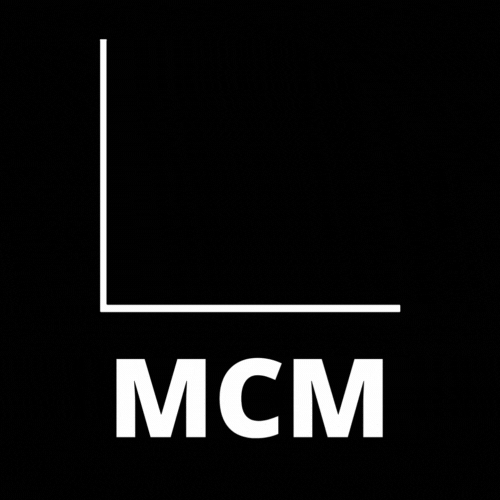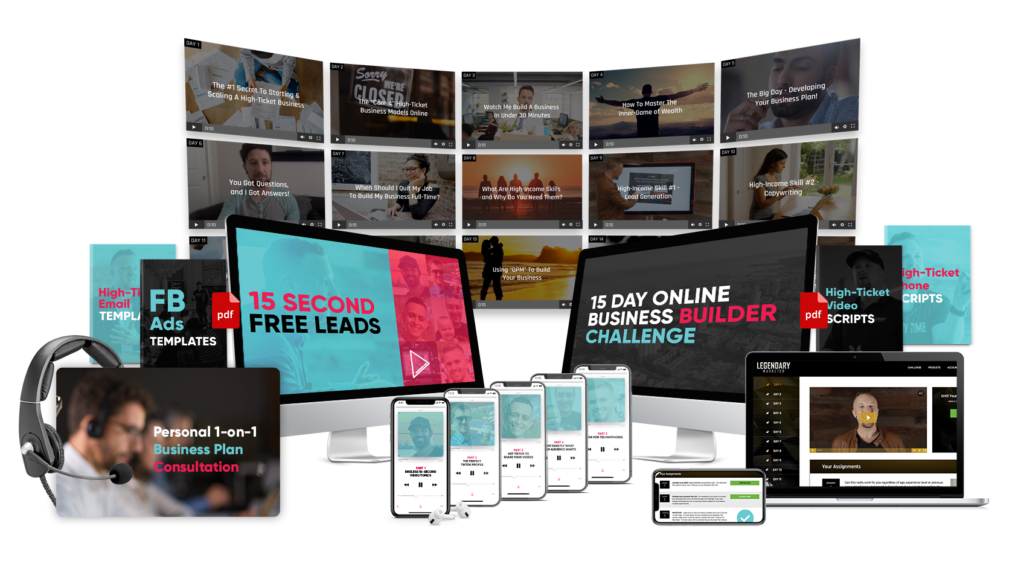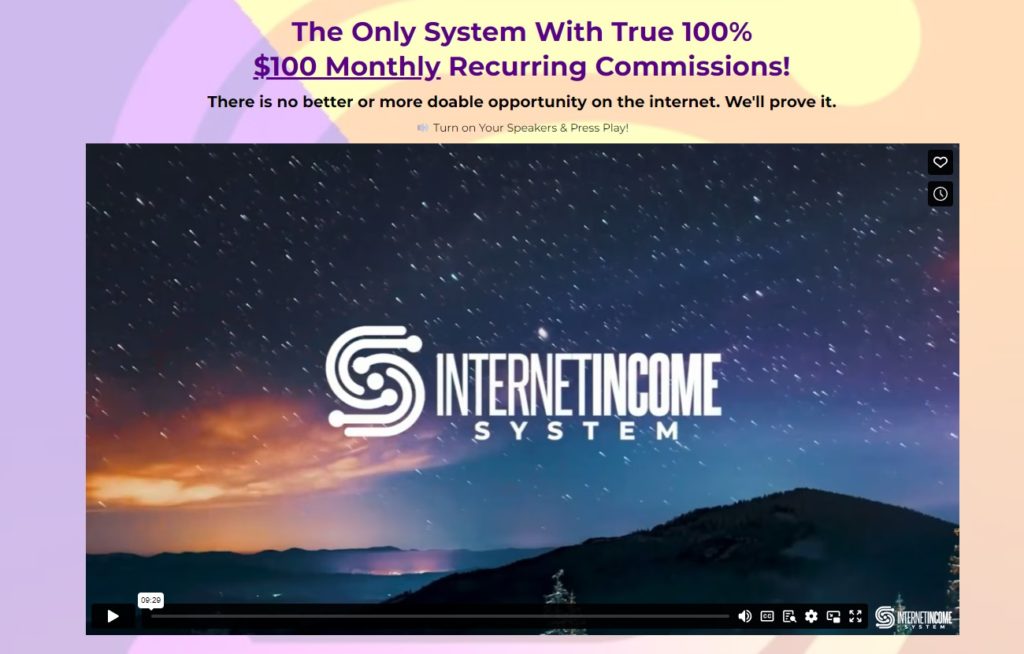Disadvantages Of Multiple Streams Of Income What You Need To Know
Exploring the disadvantages of multiple streams of income, it’s important to reconsider the often-repeated advice that to become wealthy, you need multiple income sources. As I’ve mentioned in past posts, the ideal range is typically three to seven individual streams of income for financial safety.
Debunking Myths The Realities of Diversified Income
But here’s something very few people understand, which is one of the disadvantages of multiple streams of income. You don’t get rich by having multiple streams of income, you stay rich by having multiple streams of income. However, you need to get rich in the first place, and there’s another way to do that.
Survival Strategy The Big Fire Analogy in Income Streams
Now, imagine you’re alone in the woods. It’s cold, it’s scary, and you have to survive the night. Do you build four fires, a strategy that might seem like an advantage but falls under the disadvantages of multiple streams of income, or do you build one big one that will last you through the night and sit next to it?
You see, it takes the same amount of wood to build one big fire as it takes to build four smaller ones. This situation mirrors the disadvantages of multiple streams of income. You might think that having four fires is like a fail-safe in case one of them goes out, but since all of them have a lot less wood than a big one, they all have an equal chance of failure.
On top of that, you need to start the fire four times instead of just one time. Now, we don’t know if you’ve ever tried to start a fire without a lighter, but it’s not that easy. So, in this case, building one big fire is both easier and more reliable.
Only after you build a long-lasting fire that keeps you warm and safe do you then have the room to take care of other things. And as this fire is a heat stream, cash flow is an income stream. You need one decent, reliable one first before you can make another one. This is a crucial understanding in overcoming the disadvantages of multiple streams of income. To better understand this, let’s look at the different stages of how money is being made.
Streamlining Success Why One Strong Income Source Matters
Stage one: From zero to one hundred thousand dollars a year. This is the only stage that most people will ever find themselves in throughout their lives. How many of you saw six figures in your bank account at any given point? You see, most people think that to make six figures a year, you need to have multiple income streams that together will get you to that amount. But that isn’t exactly true. It can be done, but it’s the harder way, not the easier way. Now, here is an industry secret that most people don’t realize: it takes the same amount of work to make 100K a year as it takes to make a million. Just think about it for a second. If you want to 10x your income, you can’t be working 10x more. It’s impossible. If working 10 hours a day makes you 100K a year, you can’t assume that working 100 hours a day will make you 1 million.
Because, look, for one, there are only 24 hours in a day, and you need to sleep and eat too. Second, there’s no correlation between the volume of input versus output. The answer lies in scalability and growth, not in the number of things that make you money. It’s pretty hard to build an income stream versus growing an already existing one. So, for your first 100K in a year, it’s more reliable to focus on doing just one thing and increasingly better and for higher returns. Now, you can pick an income stream from these three categories: having a job, being an independent contractor, or building a business. This is it. There isn’t another way. Any of these can get you to 100K a year in varying degrees of difficulty.
For a job, that means getting promoted to an executive position where your responsibility matches your yearly salary. For an independent contractor, it means getting better clients and higher prices. As for a business, it means having a better model with a higher profit margin.
If your job pays you 20K a year, you can’t have five jobs at the same time. People who have multiple jobs do it to survive, not to get rich. And that’s a different topic. If, as an independent contractor, your projects make you 20K a year, you can’t take on five times more since you just won’t have time.
And if your business barely pays you minimum wage, well, that’s the cost of doing business in the first years. Starting five different businesses with all of them barely surviving isn’t exactly the smartest call you can make. So, if multiple streams of income are not the answer to getting your first six figures in the bank, when should you think of them? Well, after you make your first six figures. That’s a pretty good rule of thumb. Once any of those categories get you into a position where you can get six figures constantly each year, then you can start thinking of adding additional income streams.
Income Evolution Stages of Financial Growth Explained
But there’s one very important thing you need to do first: you need to automate your initial income stream. There’s no point in starting new ones if the first one still eats eight to ten hours of your day. You need to find a way to maintain your initial income stream with a decrease in your involvement.
Can it still run without you being there? For a job, that’s a bit more difficult, although we’ve seen people automate their jobs without their bosses even knowing. But that’s a different story for a different time. As for being an independent contractor, that means hiring more people and getting more clients.
As for being a business owner, you need to build up a team that can take care of things internally as you go out and build new income streams, either within the business through different products and services or another business. The important thing to remember here is that if you cannot automate your initial income stream first, starting a new one might not be the best call. Automate the first income stream and then build the next one after. Now, before we move forward, I want to give you a special offer.
I want every one of you to find yourself in a better place this year. To help you get there, I have three offers available at a special price:
The 15-Day Challenge Course for only $7 instead of $299.
For Anyone Who Wants To Start A Profitable Online Business But Doesn’t Know Where To Begin
“Discover How I Started An Online Business That Earns High-Ticket Commissions Marketing Valuable Products People Already Want To Buy!”
15-Second Free Leads For Only $1 instead of $839.
This Could Be The Fastest And Easiest Way Ever To
Get Free Leads. We call it…
15-Second Free Leads
Insiders Guide To Affiliate Marketing For Only $1.99 instead of $945
I’m Giving Away This New And Extraordinary Book Plus A Slew Of Valuable Bonuses For Only $1.99…But Why For So Little?
Because I want to earn your trust and business the old-fashioned way.
By showing you I know what I’m talking about…
…and letting you put my strategies to work…
…before you fork over big bucks for an advanced course or coaching.
Scaling Income: From $100K to $1 Million
So, this is how you build an income stream, and it’s the same way with your third and fourth and so on. However, it’s crucial to consider the disadvantages of multiple streams of income, especially in complex areas like real estate. You come up with a down payment, you get a place, and you charge rent. It doesn’t involve you being there after that purchase is made. But, reflecting on the disadvantages of multiple streams of income, it can take years until that place pays for itself. It’s an investment first and an income stream later.
Speaking of investments, and keeping in mind the disadvantages of multiple streams of income, are they considered a reliable income stream? Well, it’s a little bit more complicated than that. Investing becomes a stream of income when you have a considerable amount of two things: money and time. The average annual return on stocks is 13.8 percent, which sounds promising, but as the disadvantages of multiple streams of income suggest, this is only viable if nothing goes awry.
For example, if you were to sell stocks today, you would be losing money because we’re on the verge of a recession and most stocks go down big time. The only way to invest in the market is to do what Warren Buffet would do. Take advantage of the gold that is valued low as the value will rise when the market is good again.
But back to the point, let’s imagine all things go well and you get an average 13.8 percent return on whatever you invest. A 13.8 percent return on $1,000 is $138. And you ain’t retiring with $138 bucks. So, for starters, you need a fairly decent amount of money to begin with so that returns add up to anything worth mentioning.
On top of that, you need time. You see, you can get 13.8 percent this year and negative 40 percent next year. If you need cash right away, you’re in tough luck, my friend. You need to afford enough time so that positive returns can compound on each other. We’re talking like 10 years plus. So, should you disregard investments altogether? Well, of course not. After all, it’s free money. And on top of that, there is another reason why financially educated individuals invest their hard-earned cash, and that is to safeguard those dollars and protect them for the future.
This year, the U.S. saw one of its worst cases of inflation. Other countries are even more hard up. Things are not looking very pretty out there. So, what financially smart individuals are doing is acquiring assets that are struggling like Warren Buffet. Then take those assets and reinvest in other devalued assets that will bounce back.
But if you don’t even have any money to invest you need to get to that $100,000 annual income first, by either doing a job plus a side hustle or building online assets that make you money on autopilot.
The strategy is the same. Pick one thing. Get good at it, build a list of subscribers interested in what you have to offer, and then offer products or services that are conducive to that niche.
Investing Smart Balancing Risks and Returns in Your Portfolio
Okay, so with all this being said, what’s our advice? Find your thing and stick to it. You need to cover your minimum requirements first. You have limited mental energy, and realistically speaking, you can’t juggle too many important things all at once. It’s just not sustainable.
But after you find your thing and that thing starts to cover your daily living and you free up some mental space, then you can start thinking of building a secondary income stream. You need to dedicate as much time and energy for this second income stream as you did for the first one.
We’ve built multiple income streams, but we always stick to this formula: figure out the first one, then start another. If you spread yourself too thin, you’re going to eventually half-ass everything you do because you just don’t have enough time and energy.
I have fallen into this trap too. Back in the day, I started too many side projects at the same time, only to experience firsthand the disadvantages of multiple streams of income, finding myself trapped in a never-ending list of chores and maintenance just to keep things afloat. This is a common pitfall when not considering the disadvantages of multiple streams of income. So, what’s your thing? As we explore these challenges further, we’ll see you back here tomorrow for the Sunday motivational video, where we’ll continue to delve into overcoming these disadvantages.






